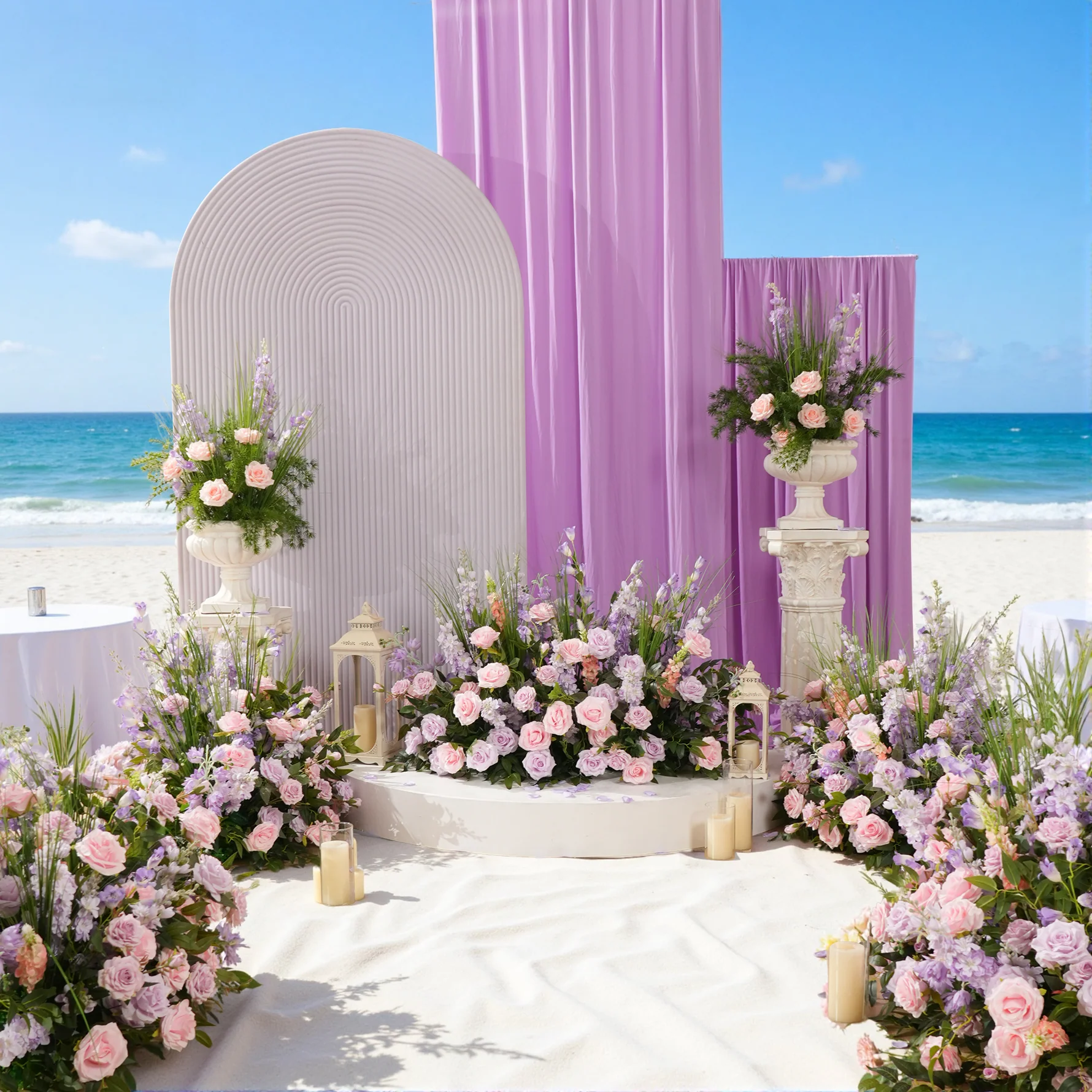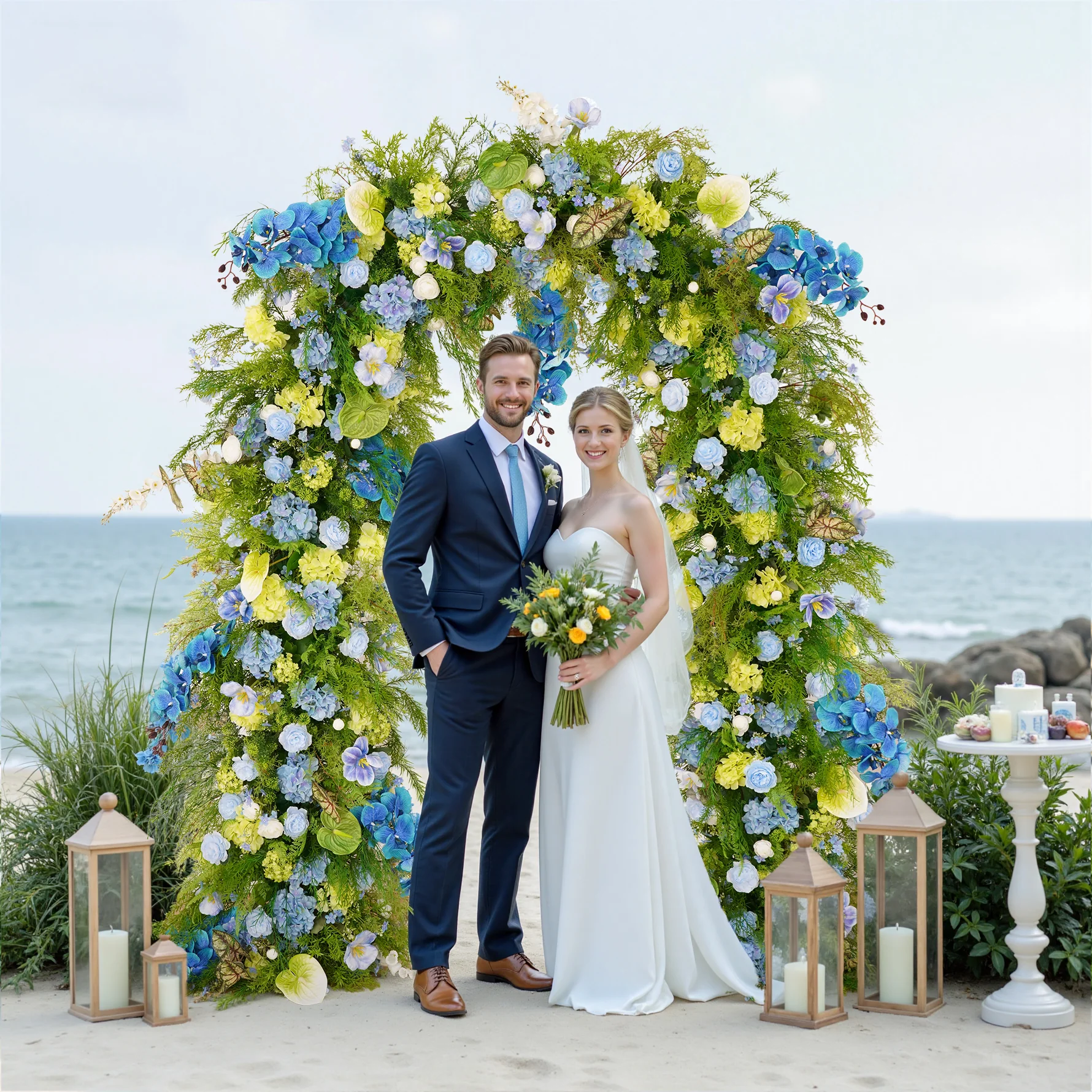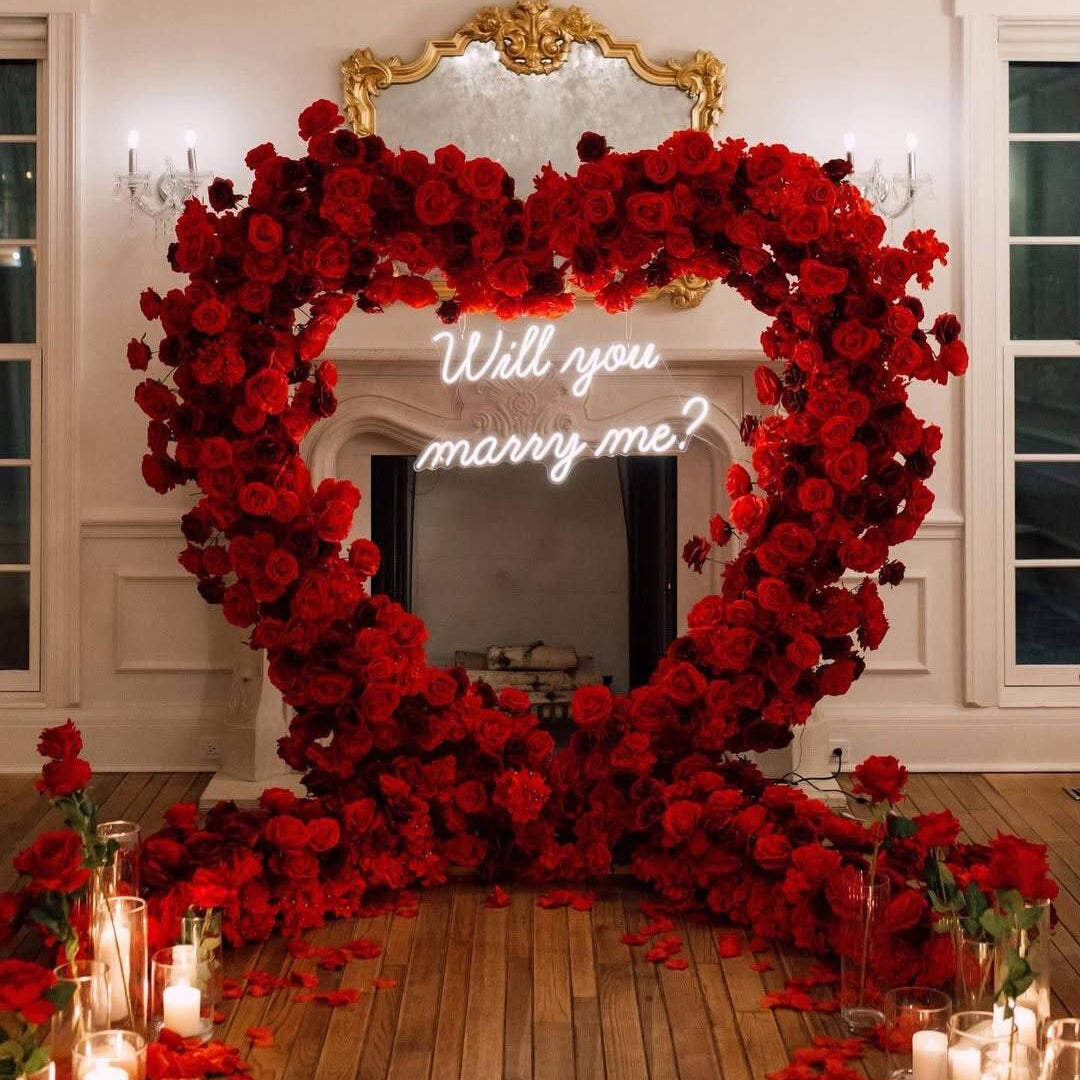A 5-Step Core Guide
For New Wedding Planners From Preparation to Execution
For wedding planners or couples, a perfect wedding lies in "logical overall planning" rather than "disorganized execution". The following 5 core topics form a complete preparation chain—from the starting point of preparation, cost allocation, time planning to seating details and ceremony focus—helping you avoid 90% of chaos.
1. How to Start Planning a Wedding? (Preparation Start: Define the Framework)
The right starting point is to build a "core framework" first, then fill in the details.
Confirm 3 core premises: Discuss the **budget range**, **wedding style** (e.g., minimalist lawn, retro Chinese), and **core needs** with the couple.
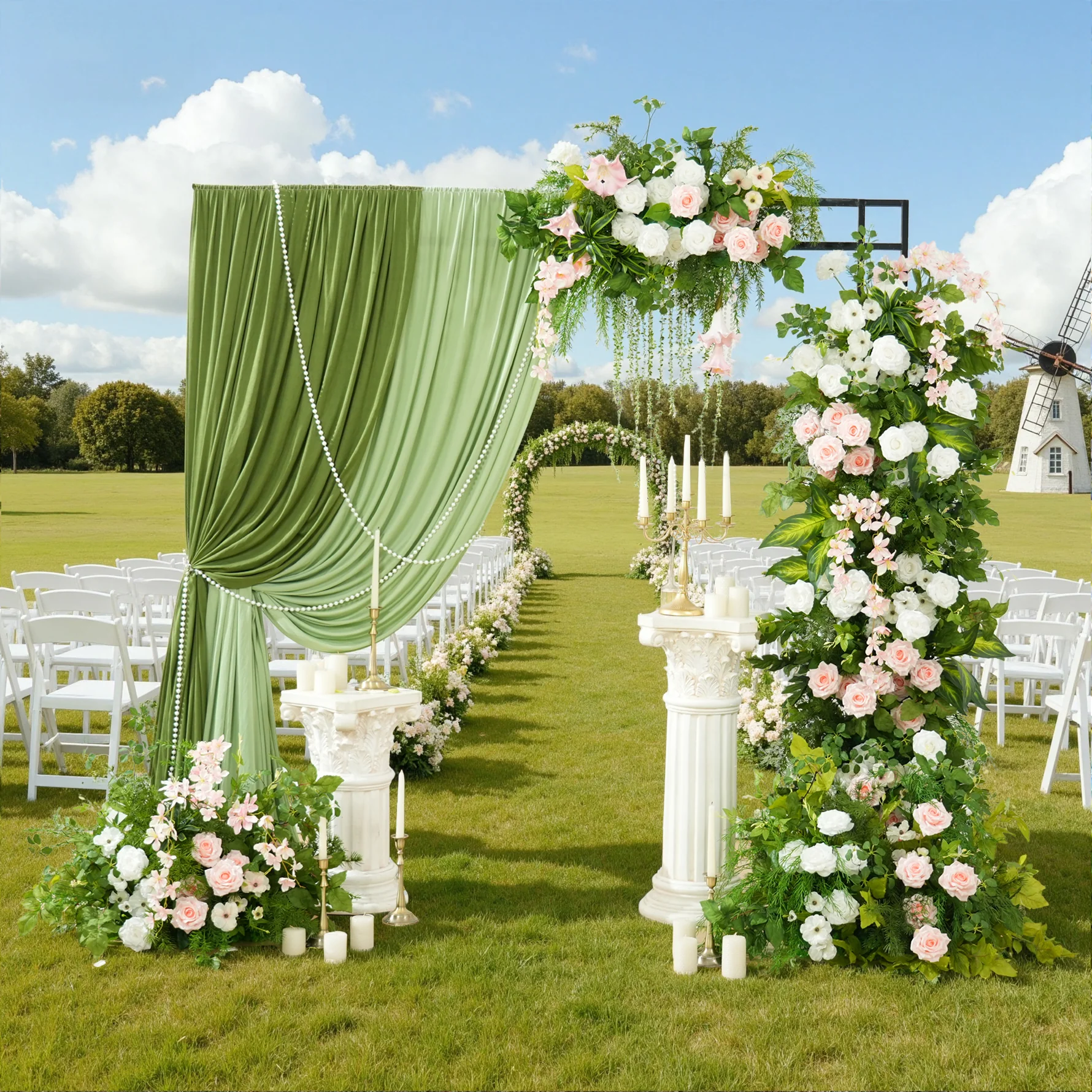
List a "priority preparation list": Book the **wedding date** first, then the **venue**, and finally confirm key vendors (photographer, videographer, makeup artist, host).
Split the preparation into phases: Divide the process into "early preparation (6-12 months)", "mid-term execution (1-3 months)", and "late follow-up (within 1 month)".
2. Who Pays for What in a Wedding 2024? (Cost Allocation: Clarify Responsibilities)
Clarifying cost allocation in advance avoids most family conflicts.

Traditional rules (for reference):
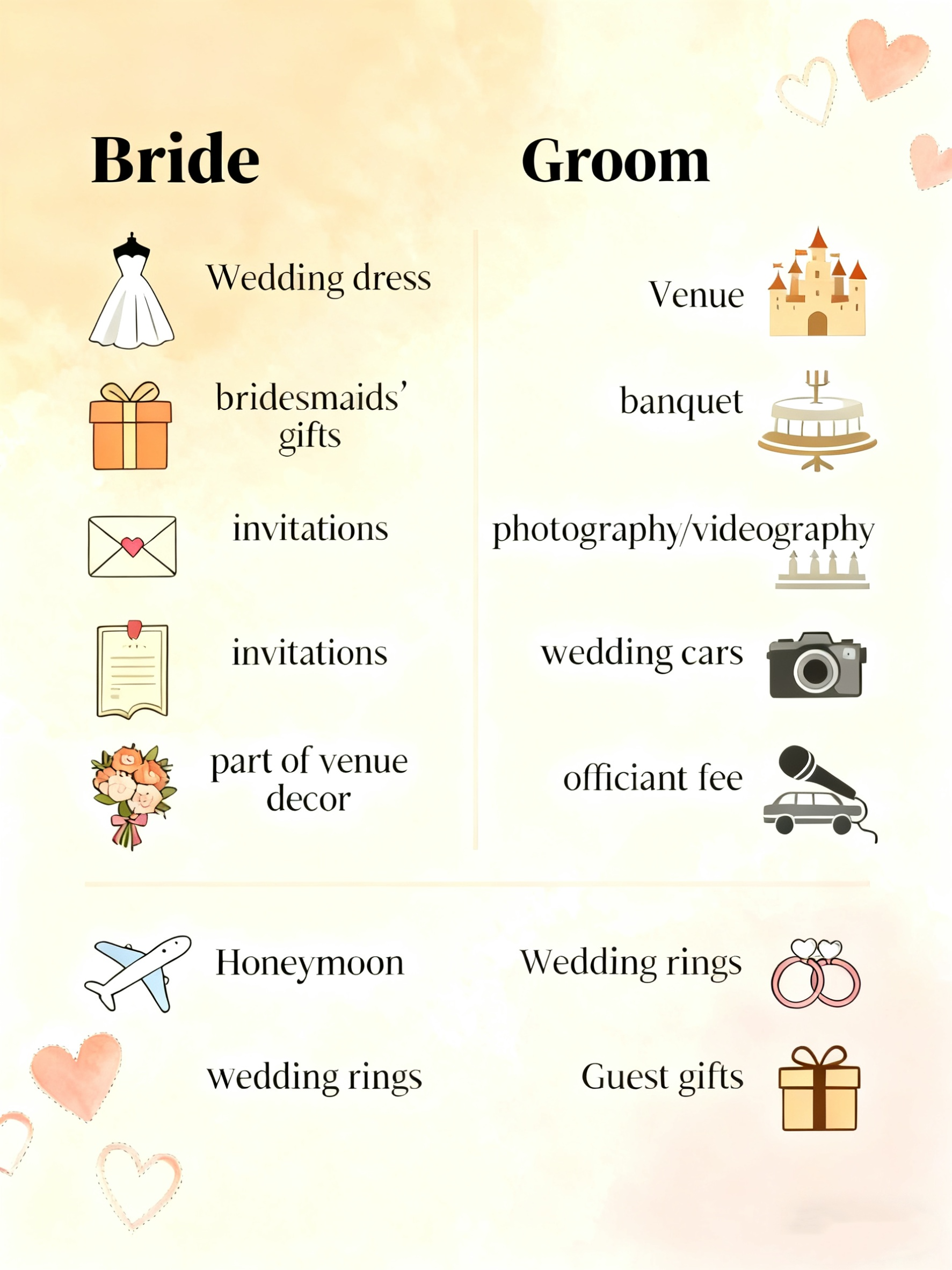
2024 mainstream flexible plan: Most couples adopt "parents’ subsidy + couple’s own payment". Confirm the subsidy amount and requirements in writing.
3. How Long Does It Take to Plan a Wedding? (Time Planning: Avoid Rushing)
The "golden cycle" for wedding preparation is 6-12 months.
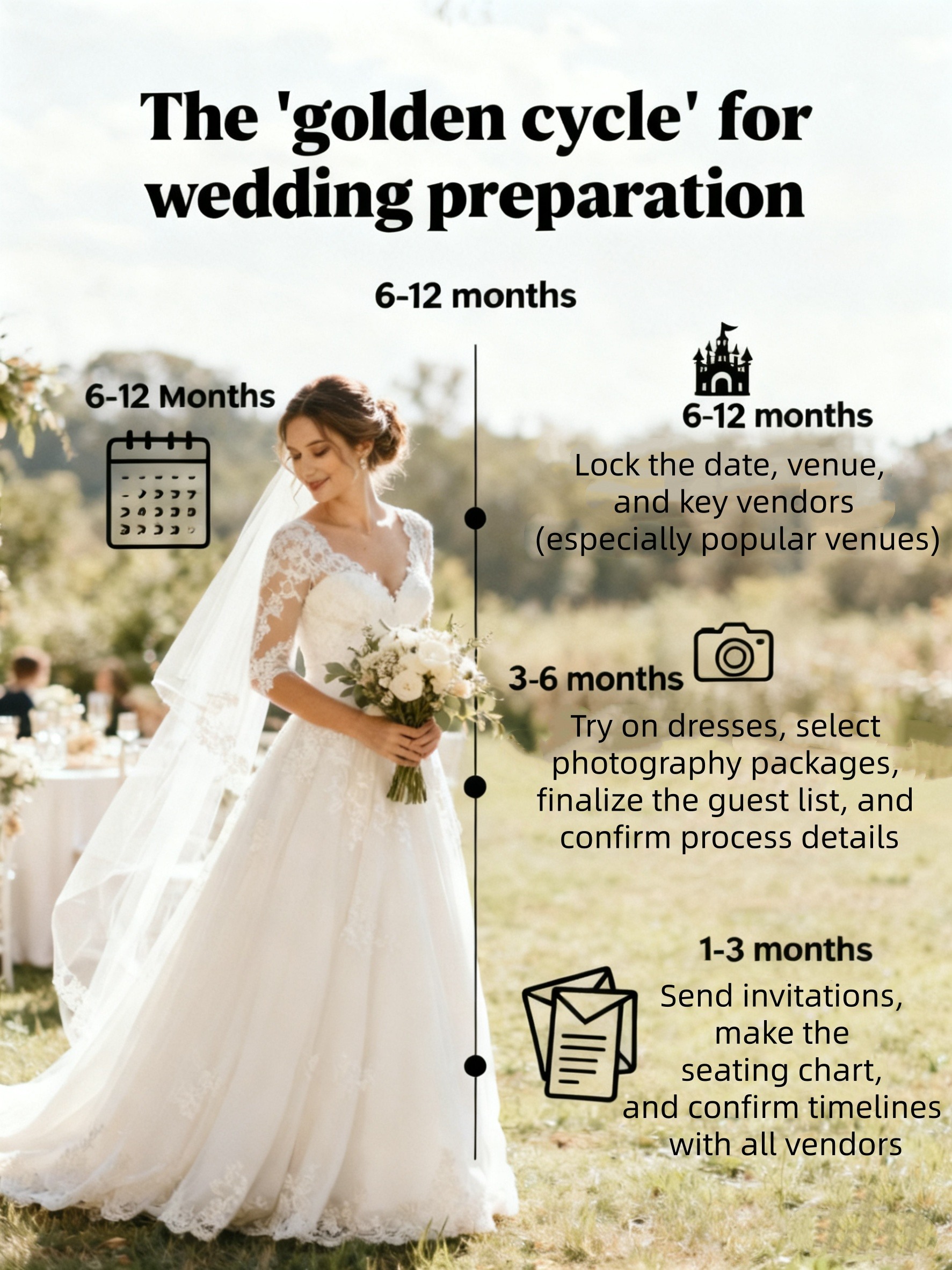
4.How to make seating arrangement wedding ?/ How to make seating chart wedding? (Details: Balance Etiquette and Experience) 
A seating chart is key to avoiding "awkward neighbors" (e.g., relatives with conflicts sitting together).
Categorize first: Group guests into "family, friends, colleagues, elders" to avoid strangers sitting next to each other.
Focus on "special seats": Arrange the main table (couple + parents) and elders’ tables in visible, accessible areas.
Use visual tools: Make the chart with Excel or Canva, marking "table number + guest name + relationship".
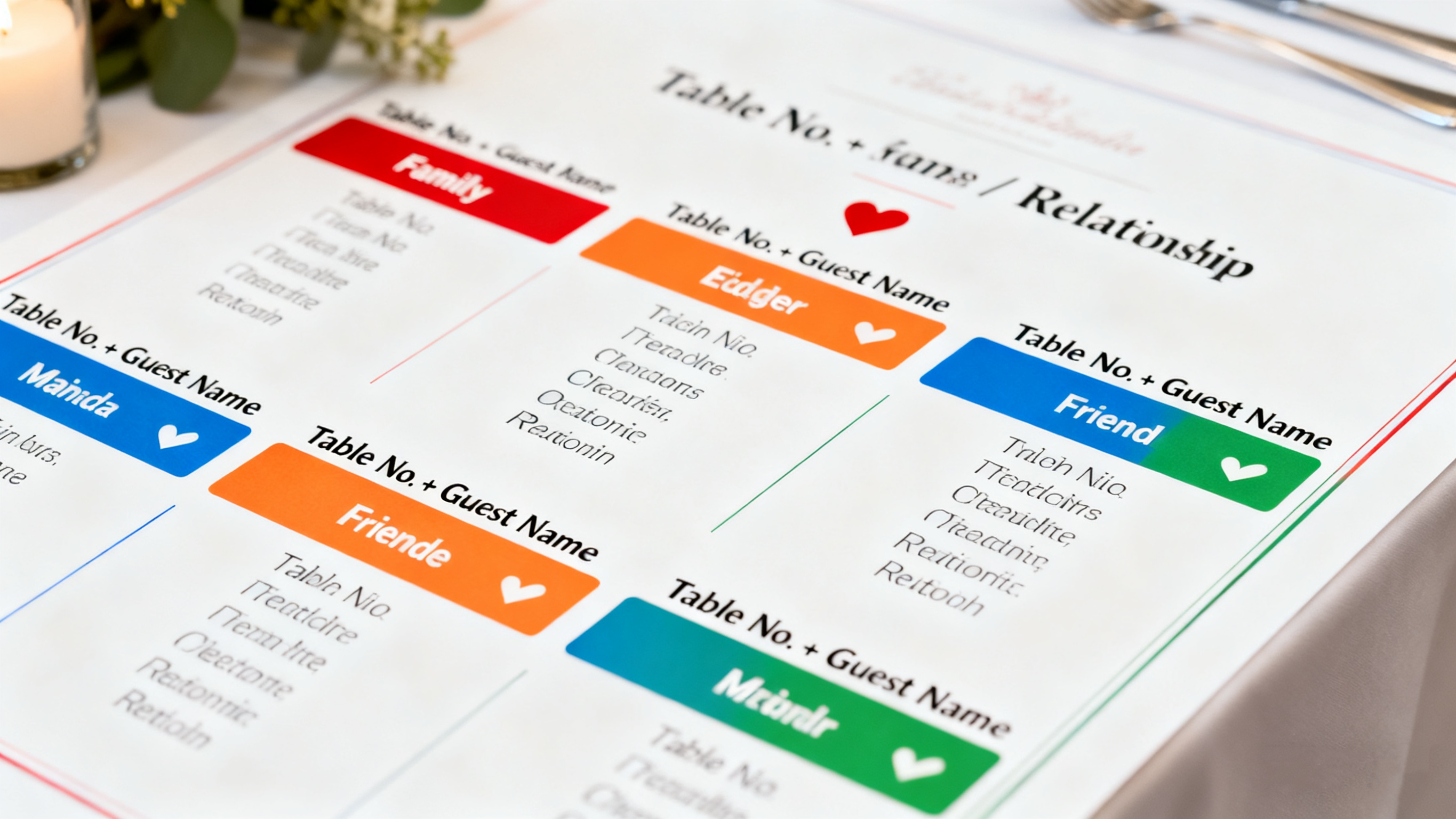
5. What Does the Priest Say at a Wedding Ceremony? (Ceremony Core: Deliver Emotion)
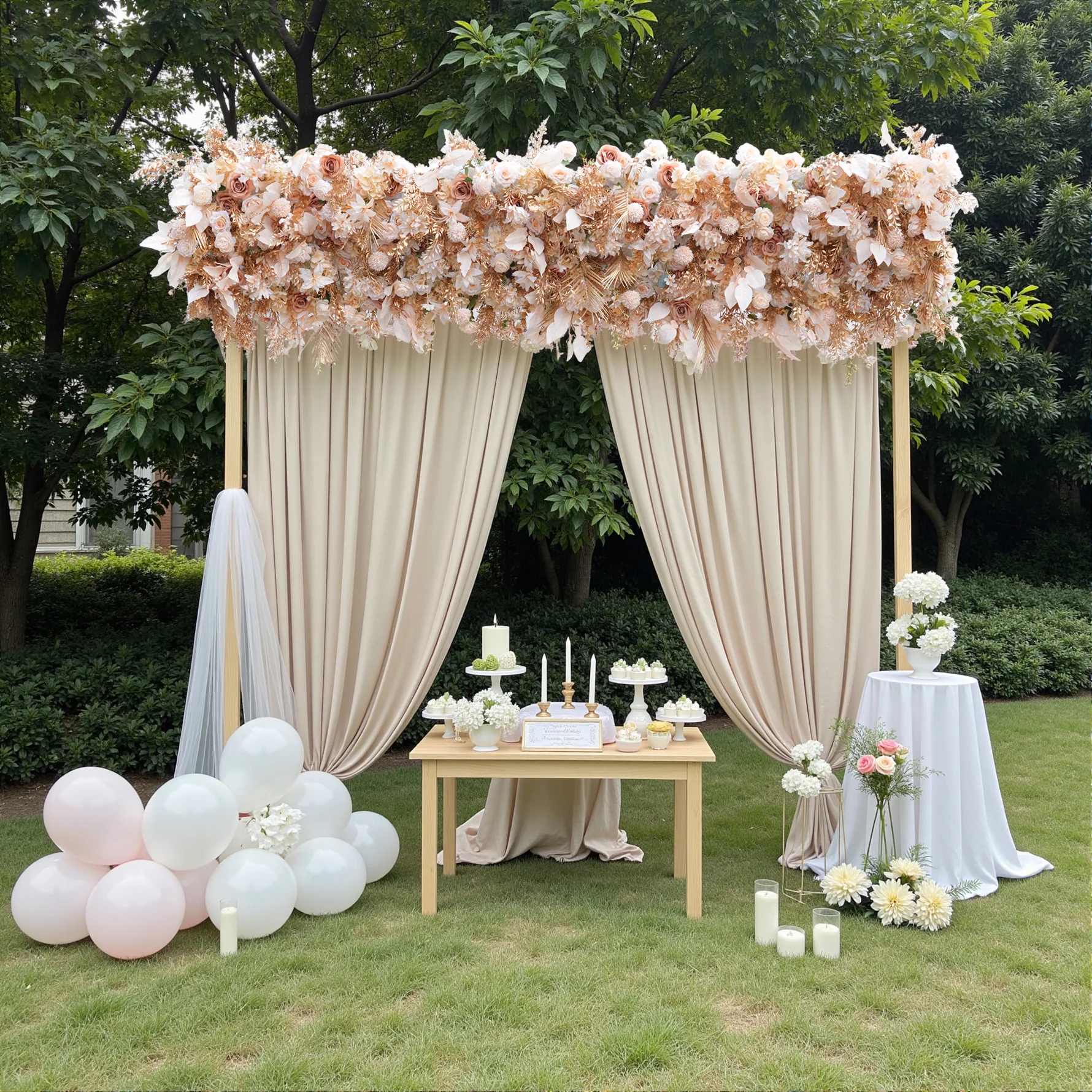
The priest’s lines are the "soul" of the ceremony, focusing on "commitment" and "gratitude".
Opening: Warmly introduce the theme, e.g., "We gather here to witness XX and XX become ‘we’ from ‘I’".
Core oath: Guide the couple to make personalized vows, avoiding generic lines.
Closing: Give blessings and announce the result, e.g., "I now declare you legally married—you may kiss the bride!"
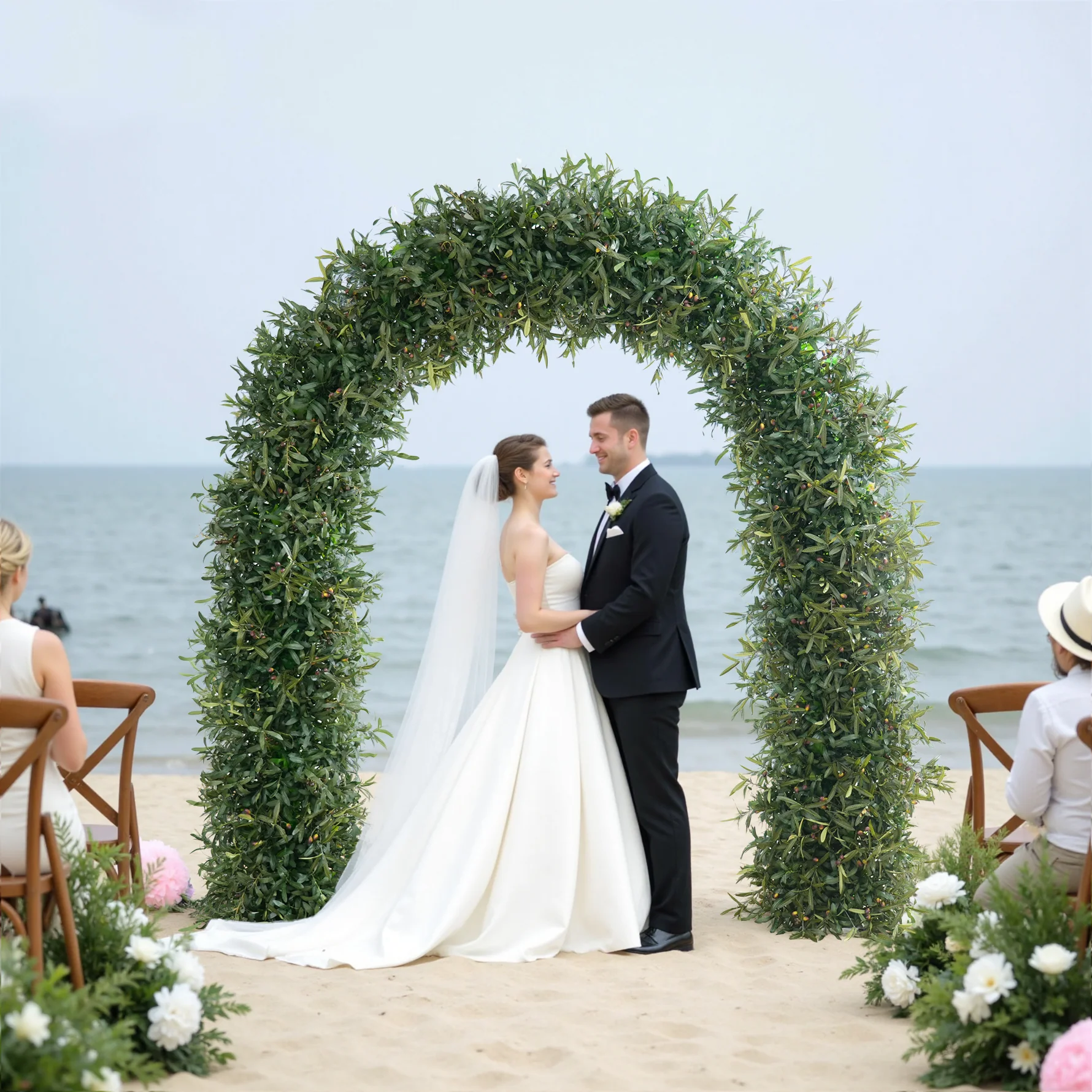
Summary
Wedding planning is a "step-by-step" process: start with defining the framework to avoid confusion, clarify cost allocation to prevent conflicts, plan time reasonably to avoid rushing, refine seating details to enhance experience, and focus on the ceremony’s emotional core to make the moment memorable. Following this chain ensures a smooth and perfect wedding.
